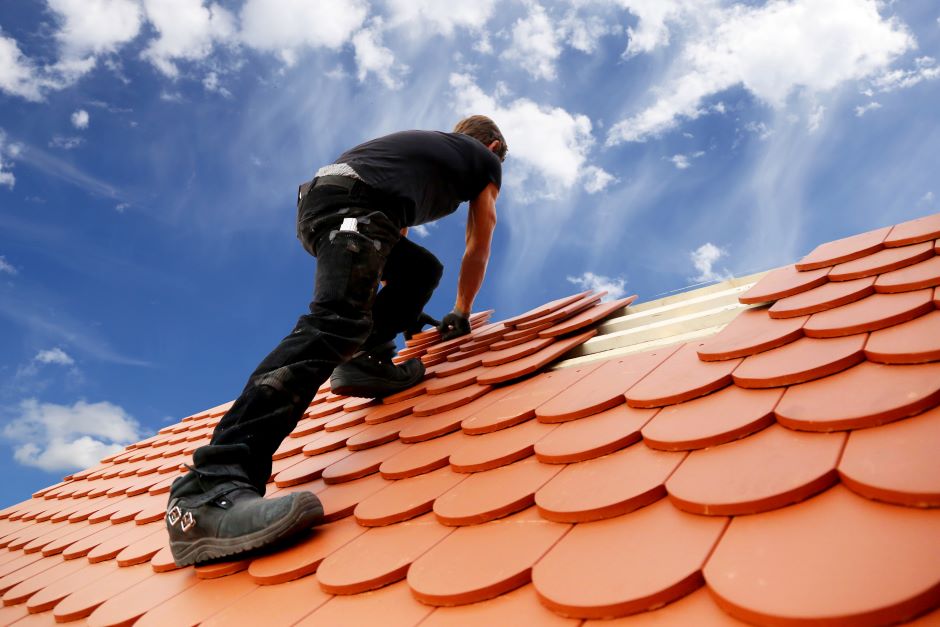
The top 7 different types of roofing materials used in homes are asphalt shingles, concrete, clay tiles, metal, wood, solar and green.
The roof is the first layer of protection of our homes, making it one of the most important structures of the building.
A well-chosen and installed roofing can last for a very long time, but a bad one will give you headaches quite often, besides being heavy on your pocket.
Our goal here i to help you in that matter, showing the most used house roof material types, their advantages and disadvantages. Keep on reading!
What Are The Different Types of Roofing Materials?
There are many options, the most common ones being:
- asphalt;
- concrete;
- clay;
- metal; and
- wood.
It is also possible to use eco-friendly alternatives such as solar panels and green roofing.
They all have pros and cons, so we prepared a roofing materials list with these factors in mind. If you have plans to change the roof of your house, we will help to choose the one that better suits your needs and your budget. Let's go!
1. Asphalt Shingles
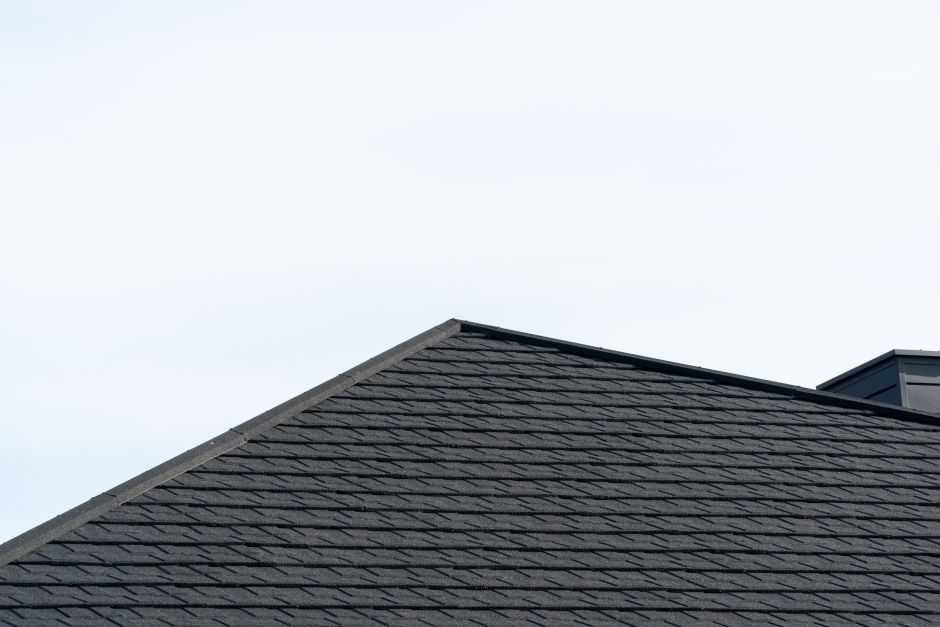
Asphalt roofing is cheap, lasts an average amount of time, and can be used in most environments. These characteristics make this type of material the most common in American houses.
However, if you live in a place where the temperature varies greatly, this type of roof will not be the best option, as asphalt tends to crack in these conditions.
2. Concrete

If properly maintained, covering made out of concrete can last a long time, about 50 years. They are good for keeping your house temperature, as this material is bad at absorbing and emitting heat.
On the other hand, this material is very heavy, and will stress your house structure. It can also absorb a quite good amount of water, requiring maintenance regularly.
3. Clay Tiles
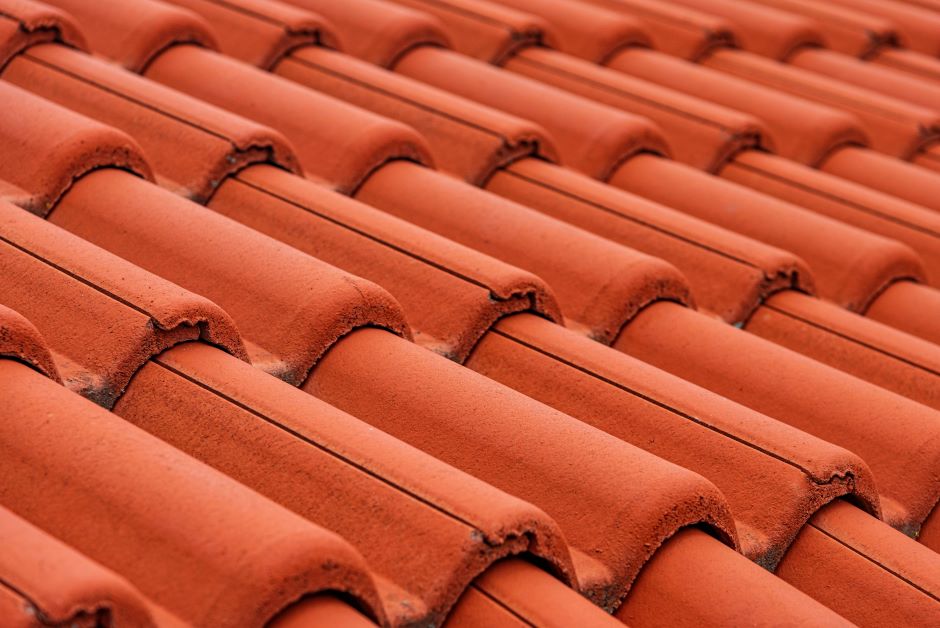
Clay roofing is one of the oldest methods of covering houses and buildings. It is beautiful, very durable, and has a lifespan that can go over 100 years.
Yet they are very expensive to purchase and install, as the tiles are brittle and can break easily while people are walking on top.
4. Metal

Roofs made of metal sheets can vary greatly in composition and shapes. Although metal is normally not a good thermal insulator, using the right coating will reflect a lot of sunlight, keeping your house cooler.
If properly maintained, it can last for more than 50 years, but remember that it is on the expensive side of materials.
Also, keep in mind that the sheets can expand and contract with temperature changes, requiring a specialized installation and a prepared structure in your house.
5. Wood

Roofs made out of wooden shingles and shakes were once the most common choice for covering houses. They are still used today, but the choice relies more on the aesthetic side.
Good thermal insulator, wood can be eco-friendly, as many sources of wood come from reforestation. However, this material can absorb a lot of moisture, having a high maintenance cost.
Some places have fire codes that prohibit using wood on roofing, so you need to do a little research before choosing.
6. Solar

The newest technology on roofing combines tiles with solar panels, in a form of solar tile.
Having the biggest cost of all the materials we talked about, they generate energy for your house, being more of a long-term investment.
A specialist for this kind of project is a must. Factors such as the position of the building and the slope of the roof are decisive when calculating if the investment will be worth it.
7. Green Roofing
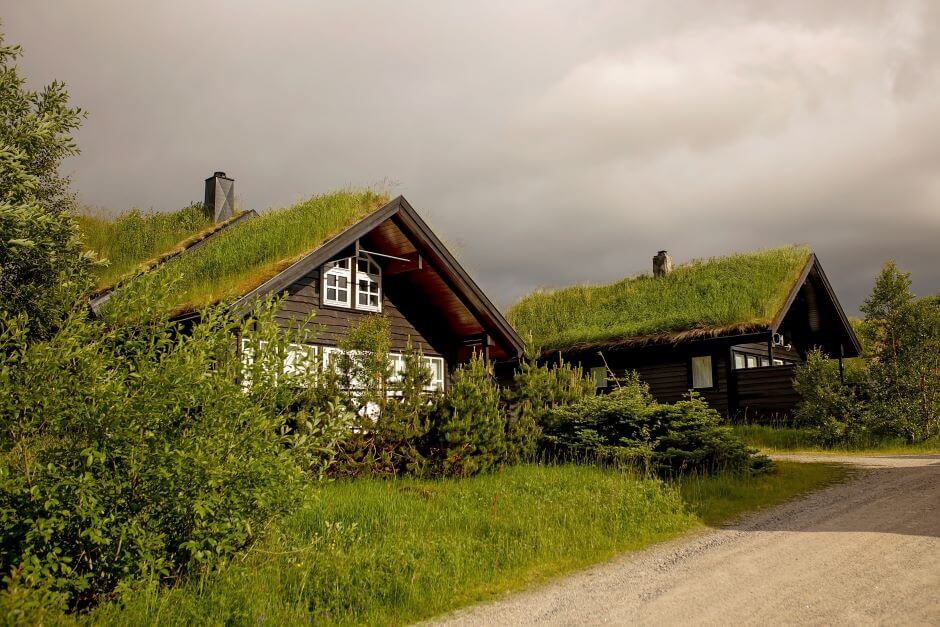
Green roofing is commonly used in Scandinavian countries, but its popularity is growing worldwide, especially in colder environments.
The roof consists of a layer of moss or similar types of plants that provide very good thermal insulation.
For it to work well, a proper waterproof layer needs to be installed to create an impermeable bed. Then the soil and the plants can be added on top.
What Is The Most Commonly Used Type of Roofing Material?
Asphalt shingles are the most used in the US. Based on the Home Innovation’s Annual report, more than 80% of covering and reroofing jobs use it.
There are also different types of roofing materials for flat roofs, mainly because the low angle requires stronger waterproofing and drainage solutions.
The most used ones in these cases are Built Up Roofing (BUR), Polyvinyl Chloride (PVC), Single-ply Membrane Roofing (EPDM), and metal sheets.
We hope this article helped you to choose the material that best suits your needs. But we can go a little further by offering an estimate on roofing costs, based on geo-targeted data. Check it out!
 Let a roofer give you an estimate on your project
Let a roofer give you an estimate on your project


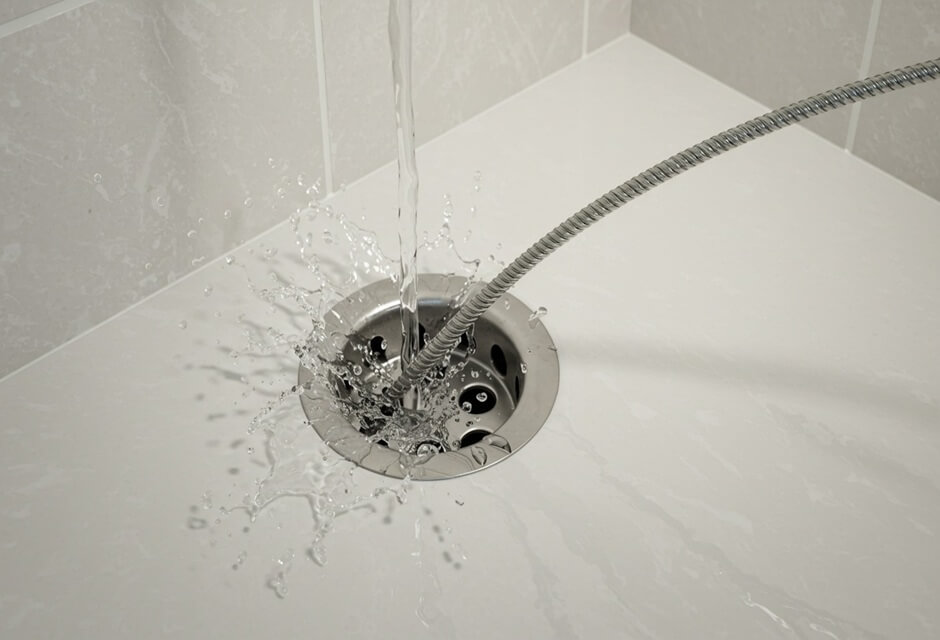
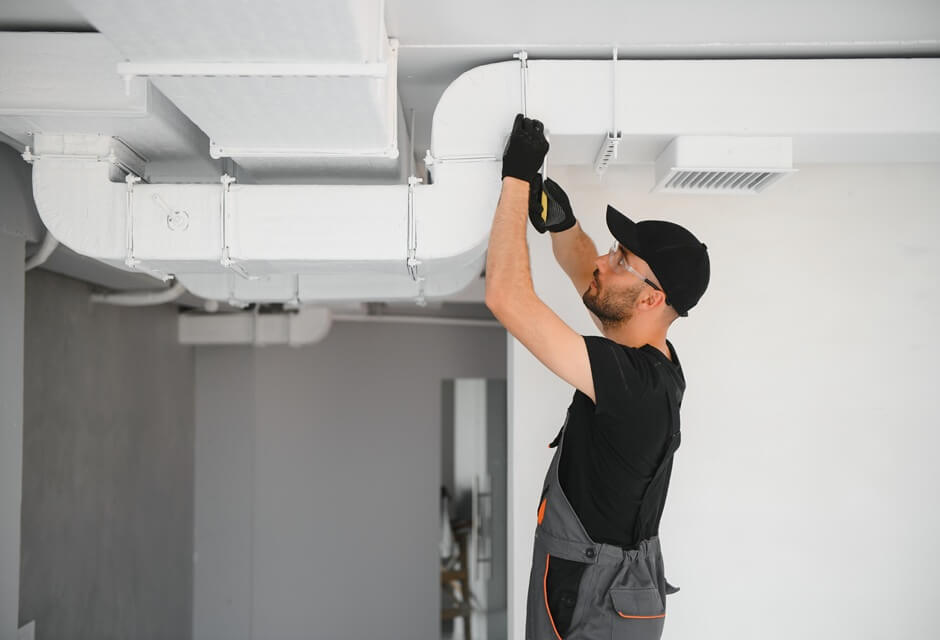

 Member of the
Member of the